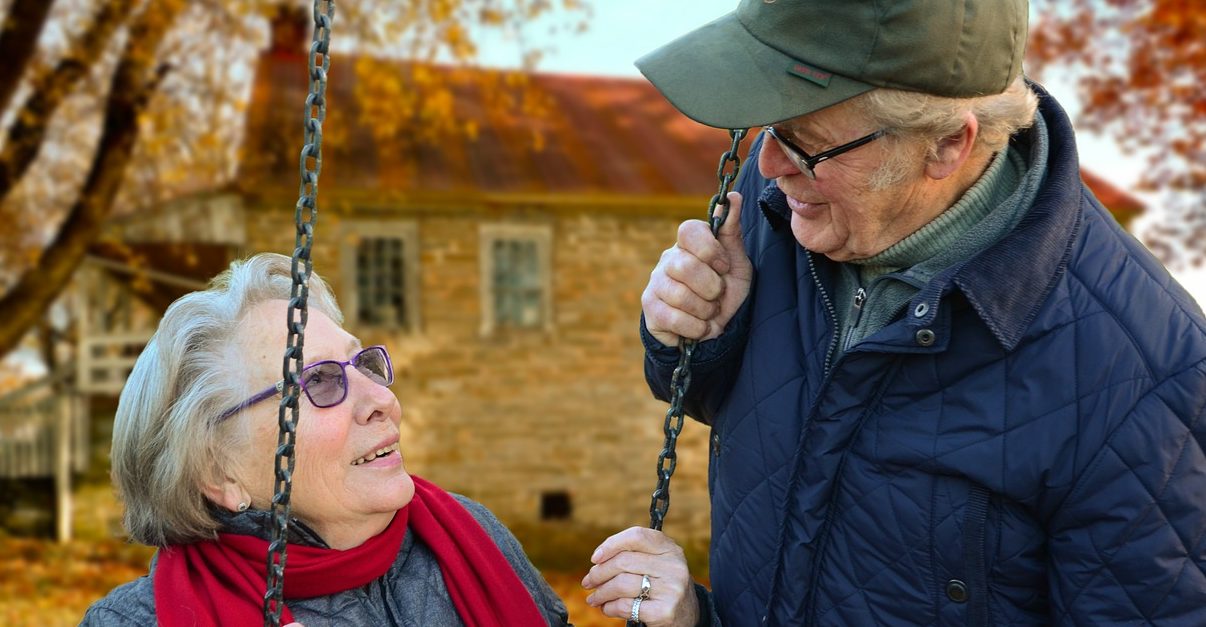We all have a grandparent who still has a 2000’s-style Nokia, and scolds us for spending too much damn time with our eyes glued to our phones – but thanks to organisations like Living Connected, this is beginning to change.
Digital technologies are so fiercely embedded in our world, we sometimes forget the internet is a relatively new fad. Although computers were being used in universities and science from the 1940’s onwards, it wasn’t until the 1980s that the computer became a home technology. The internet followed in the 1990’s. This means that generations known as ‘the veterans’ (born before 1946) and ‘baby boomers’ (born between 1946 and 1964) did not come across these technologies until well into their adulthood.
The new and improved iElder, combining both generations, features increased independence, social mobility and passion for life as they age. This trend leads to decreased costs of elder care, which is an emerging issue as Australia faces a growing ageing population who are opting to remain living at home for longer and often struggle to maintain independence.
Toby Dawson, Foundation Manager of IRT, says there is a negative relationship between social isolation and independence:
“Social isolation can be as dangerous as smoking fifteen cigarettes a day. People tend to become socially isolated when they lose their independence. The more independent someone is, the more likely they are to be an active and valued contributor of their community.”
Elders may begin losing their sense of independence when they retire, stop driving or becoming otherwise immobile, making it difficult to leave their homes. This means that tasks like banking, shopping, or visiting government services such as Centrelink or Medicare become much more difficult. The digital exclusion of elders leads to more work and resources devoted to their care, through both government initiatives and aged care facilities.
Living Connected is a program aimed at equipping elders with the technological capability to remain independent using technology. Clients are taught to use internet banking and to access Medicare and Centrelink online, among other tasks, transforming them into the iElder: the tech savvy grandparents we didn`t see coming.
Dawson acknowledges the importance of Living Connected in fostering the independence of elders in the community, allowing them to live at home for longer and participate in society.
“The work that Living Connected is doing is fantastic. Technology isn’t a solution, but it’s an enabler for solution. . . the problem is that if you don’t have technological literacy, technology becomes a disabler rather than an enabler.”
Living Connected launched its home internet learning service in the middle of 2018.

